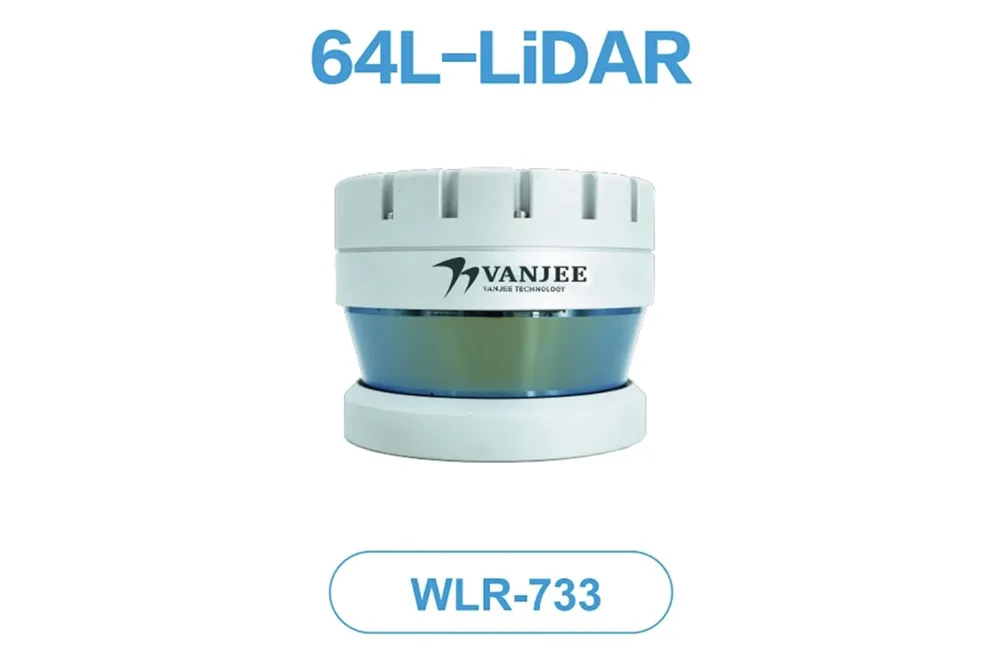Spanish technology multinational Indra has been awarded four new contracts worth US$17 million for its traffic control and toll technology in Mexico. The technology will be implemented on the Paquete Michoacán motorways, the Poetas fast lane, the Celaya ring road motorway and the Necaxa Tihuatlan tunnels.
Intelligent traffic systems (ITS) and toll systems will be deployed on the Celaya ring road motorway, including a control centre to integrate the various ITS and surveillance sub-systems via closed circ
December 20, 2013
Read time: 2 mins
Spanish technology multinational 509 Indra has been awarded four new contracts worth US$17 million for its traffic control and Toll technology in Mexico. The technology will be implemented on the Paquete Michoacán motorways, the Poetas fast lane, the Celaya ring road motorway and the Necaxa Tihuatlan tunnels.
Intelligent traffic systems (ITS) and toll systems will be deployed on the Celaya ring road motorway, including a control centre to integrate the various ITS and surveillance sub-systems via closed circuit television (CCTV) and emergency telephone posts. The technology enable users to constantly monitor motorway flow conditions, automatically control incidents and alarms for faster and more efficient responses and improve travel safety.
For the Poetas Fast Lane, south-west of Mexico City, Indra has implemented free-flow electronic toll technology that allows drivers to pay via a tag device installed in their vehicles, without having to stop or slow down. This five-kilometre roadway system includes bridges, tunnels and motorway exits, as well as the exits to Querétaro, Toluca and Cuernavaca.
The Paquete Michoacán project includes toll equipment and electronic toll technology, together with a communication network and the operations centre to be installed on two new ring roads in the cities of Morelia and Uruapan, the Pátzcuaro-Uruapan road, which will be expanded to four lanes, and the stretch that connects with the port of Lázaro Cárdenas.
The contract for the five Nexaca-Tihuatlan motorway tunnels has been awarded to a temporary joint venture between Indra and FCC Instalaciones. Indra will implement Horus, its centralised tunnel management system, which will run the systems installed in the tunnels to guarantee maximum performance in everyday processes as well as in emergency situations. The system will also integrate the CCTV, traffic monitoring, dynamic weighing, road signage, emergency telephone posts, fire detection, announcement system, lighting control, emergency signage and communication systems.
Intelligent traffic systems (ITS) and toll systems will be deployed on the Celaya ring road motorway, including a control centre to integrate the various ITS and surveillance sub-systems via closed circuit television (CCTV) and emergency telephone posts. The technology enable users to constantly monitor motorway flow conditions, automatically control incidents and alarms for faster and more efficient responses and improve travel safety.
For the Poetas Fast Lane, south-west of Mexico City, Indra has implemented free-flow electronic toll technology that allows drivers to pay via a tag device installed in their vehicles, without having to stop or slow down. This five-kilometre roadway system includes bridges, tunnels and motorway exits, as well as the exits to Querétaro, Toluca and Cuernavaca.
The Paquete Michoacán project includes toll equipment and electronic toll technology, together with a communication network and the operations centre to be installed on two new ring roads in the cities of Morelia and Uruapan, the Pátzcuaro-Uruapan road, which will be expanded to four lanes, and the stretch that connects with the port of Lázaro Cárdenas.
The contract for the five Nexaca-Tihuatlan motorway tunnels has been awarded to a temporary joint venture between Indra and FCC Instalaciones. Indra will implement Horus, its centralised tunnel management system, which will run the systems installed in the tunnels to guarantee maximum performance in everyday processes as well as in emergency situations. The system will also integrate the CCTV, traffic monitoring, dynamic weighing, road signage, emergency telephone posts, fire detection, announcement system, lighting control, emergency signage and communication systems.







